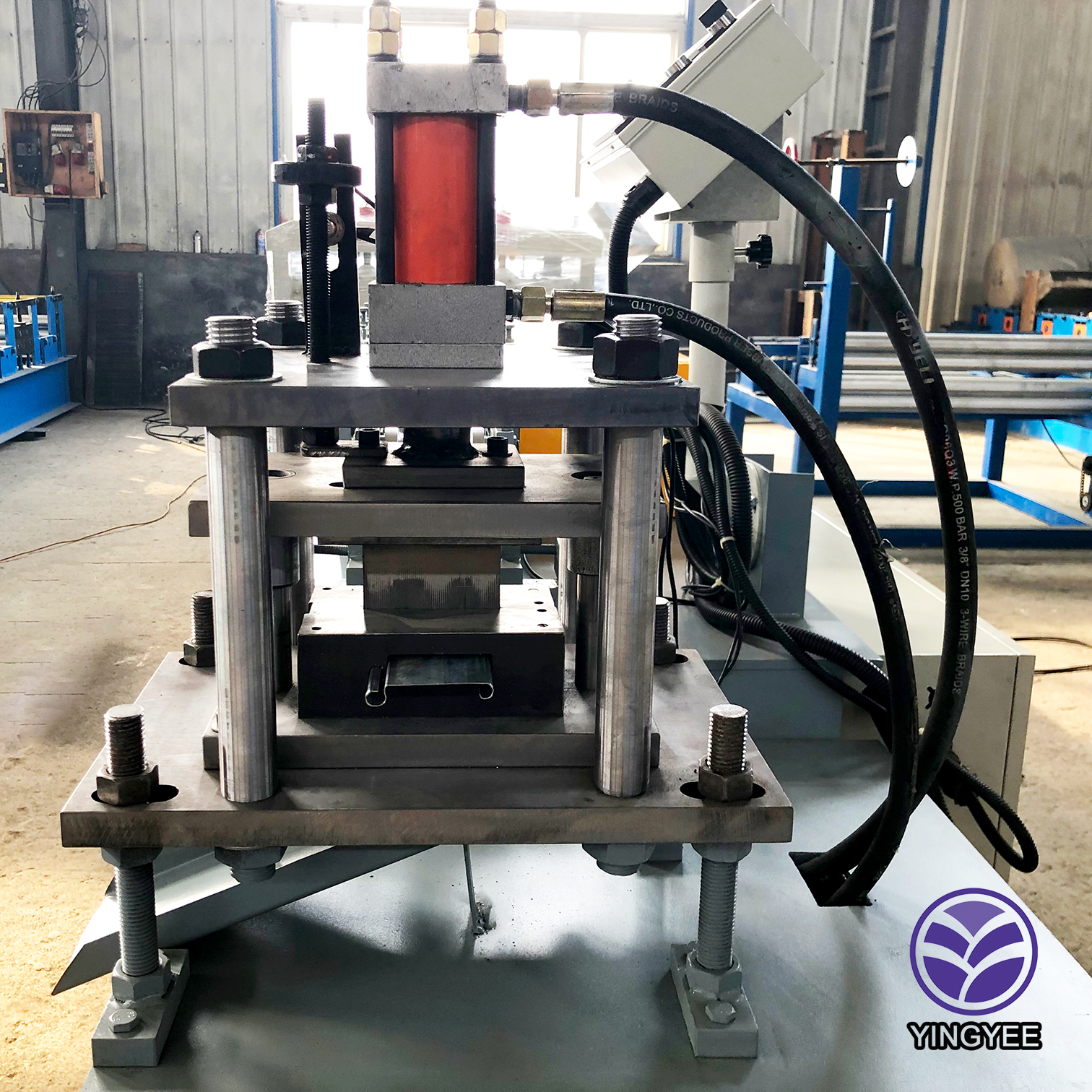
Understanding the Z28-300 Thread Rolling Machine and Its Parts
In the world of industrial manufacturing, the Z28-300 thread rolling machine stands out as an essential piece of equipment for producing high-quality threaded components. These machines are widely used in various sectors, including automotive, aerospace, and construction, to create threads on metal parts with high precision and efficiency. A thorough understanding of the Z28-300's components can shed light on its function, capabilities, and maintenance requirements.
Basic Functionality of the Z28-300
Before delving into its parts, it is crucial to understand how the Z28-300 operates. Thread rolling is a process that shapes the external threads on a workpiece through the use of cylindrical dies. Unlike traditional cutting methods, thread rolling is a cold-forming process, meaning it does not remove material but rather deforms it to create the desired thread profile. This results in superior strength and surface finish compared to machined threads.
The Z28-300 is designed to work with a range of materials, including various grades of steel and aluminum, allowing manufacturers to customize components as needed. Its capacity to produce threads up to 300 mm in length makes it a versatile tool in any production line.
Key Components of the Z28-300
1. Frame and Base The foundational structure of the Z28-300 is its frame, which supports all other components and ensures stability during operation. It is usually made of robust materials to withstand the high forces generated during the threading process.
2. Rolling Heads The rolling heads are critical components that hold the dies used for thread formation. They come in pairs and are adjustable to accommodate different thread profiles and sizes. The precision of the rolling heads directly impacts the quality of the finished threads.
3. Die Holders These are the parts that secure the rolling dies in place. They need to be durable and precisely machined to ensure they do not shift during operation, which could lead to thread inaccuracies.

4. Feeding Mechanism The feeding mechanism is responsible for advancing the workpiece as the dies roll over it. This system ensures that the material moves smoothly and consistently, allowing for uniform threading along the entire length of the piece.
5. Hydraulic System The Z28-300 utilizes hydraulic power to operate its mechanisms effectively. This system controls the pressure and movement of the rolling heads, enabling the machine to adapt to different materials and thicknesses.
6. Control Panel The operator interface comprises various controls that manage the machine’s functions. From adjusting speed and pressure to setting the feed rate, a user-friendly control panel is essential for efficient operation.
7. Cooling System To maintain optimal performance during operation, a cooling system is integrated into the Z28-300. This system helps to dissipate heat generated during the rolling process, preventing component wear and failure.
8. Safety Features Modern thread rolling machines, including the Z28-300, are equipped with safety features to protect operators. These can include emergency stop buttons, safety guards, and sensors that detect malfunctioning parts.
Importance of Maintaining Parts
Regular maintenance of the Z28-300 and its parts is crucial for ensuring longevity and consistent performance. Worn-out dies can lead to thread defects, while a poorly functioning hydraulic system can result in irregular pressure during operations, further affecting quality. Operators should regularly inspect and replace components as needed, adhere to maintenance schedules, and ensure proper lubrication of moving parts.
Conclusion
The Z28-300 thread rolling machine is a robust and versatile tool integral to modern manufacturing. An understanding of its critical parts—including the frame, rolling heads, feeding mechanism, hydraulic system, control panel, cooling system, and safety features—is essential for operators to maximize efficiency and produce high-quality threaded components. With proper maintenance and operation, the Z28-300 can be a reliable asset in any production line, contributing significantly to the quality and strength of the final products.